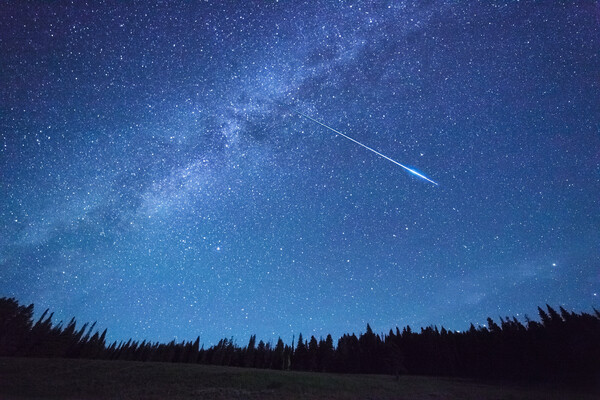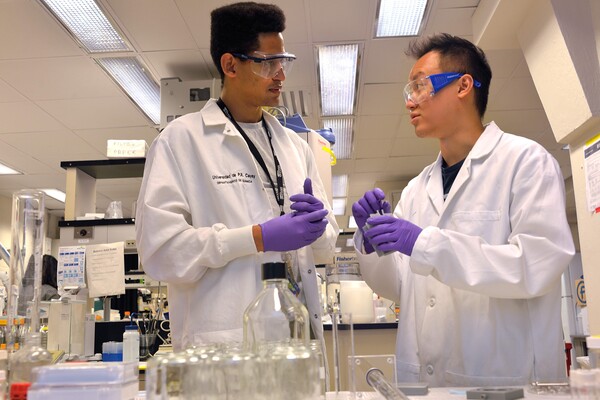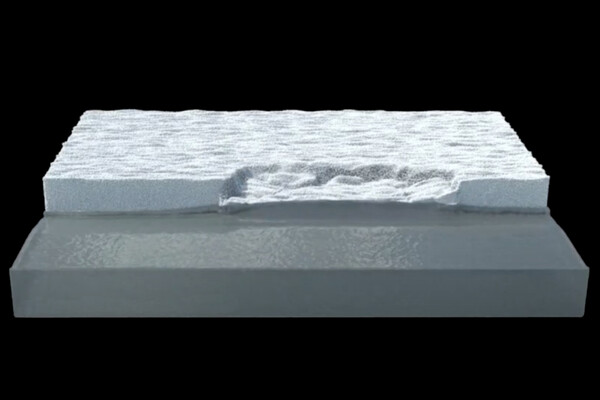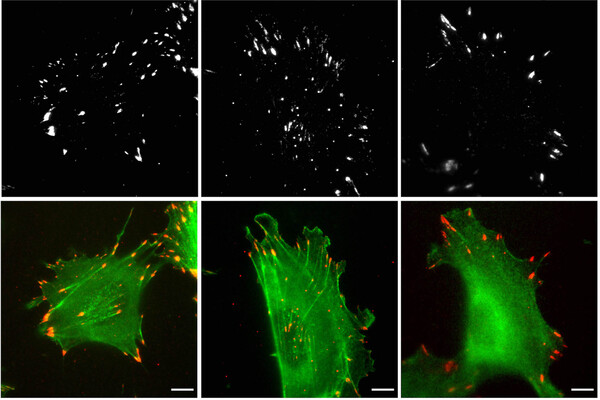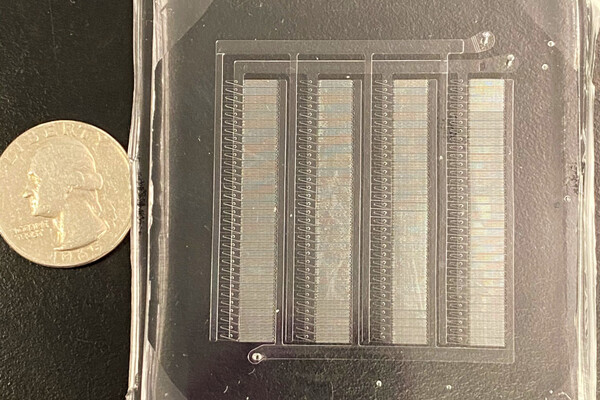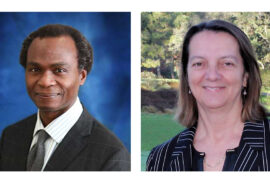In a Q&A, historian of science Kate Dorsch illuminates the history behind reporting and investigating UFO sightings and contextualizes the new government report on such phenomena.
Latest News
New grant aims to broaden participation in cutting-edge materials research
As one of eight teams to be awarded National Science Foundation funding, a partnership between Penn and the University of Puerto Rico will continue its long-running collaboration focused on innovative research and STEM career pathway support.
Simulation of glacial calving and tsunami waves predicts climate change consequences
Researchers at the School of Engineering and Applied Science have created a computer model that can accurately simulate tsunamis caused by glacial calving, critical to hazard assessments and mitigation measures in coastal regions regarding climate change.
Obscuring the truth can promote cooperation
People are more likely to cooperate if they think others are cooperating, too. New research by biologists in the School of Arts & Sciences shows that overstating the true level of cooperation in a society can increase cooperative behavior overall.
Latest ‘organ-on-a-chip’ is a new way to study cancer-related muscle wasting
New “muscle-on-a-chip” technology allows for drug testing on human muscles outside the body while capturing the complexity of human physiology.
Protein’s ‘silent code’ affects how cells move
A School of Veterinary Medicine-led study shows how, despite having nearly identical amino acid sequences, two forms of the protein actin differ in function due their distinct nucleotide sequences.
Largescale wetlands construction seen as effective treatment for farm runoff
UCI, U. of Kansas and U. of Minnesota experts model Mississippi Basin water quality
New microfluidic device delivers mRNA nanoparticles a hundred times faster
With a “liquid assembly line,” Penn researchers have produced mRNA-delivering-nanoparticles significantly faster than standard microfluidic technologies.
A fieldwork experience, no travel required
During a two-week in-person bootcamp at the Penn Museum, 11 undergrads learned basic archaeological skills in subjects from ceramics and sample-taking to archaeobotany.


